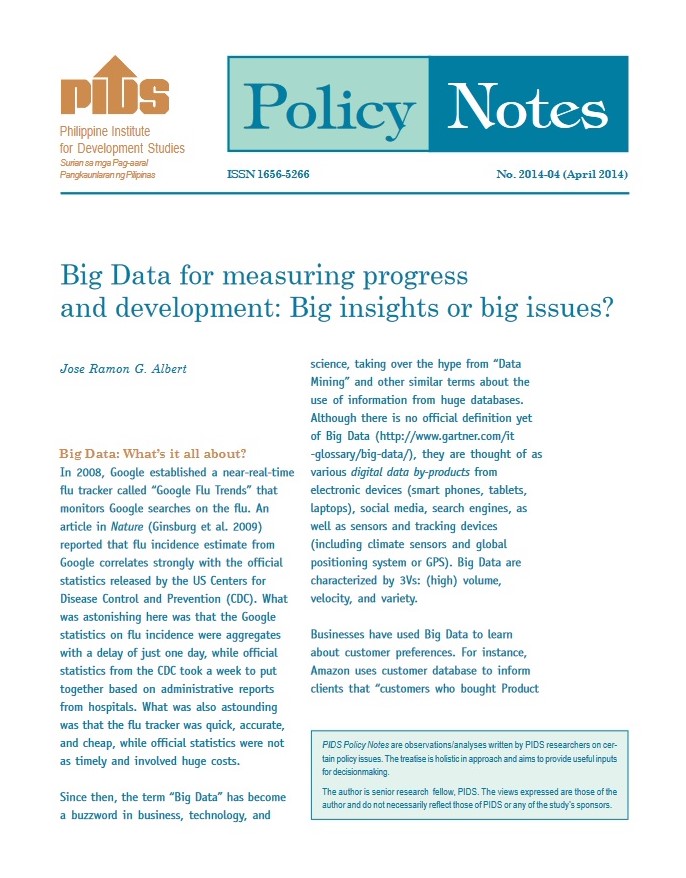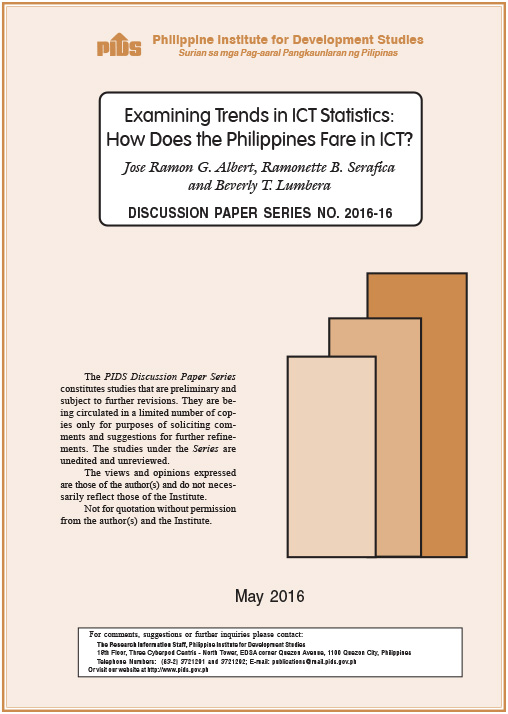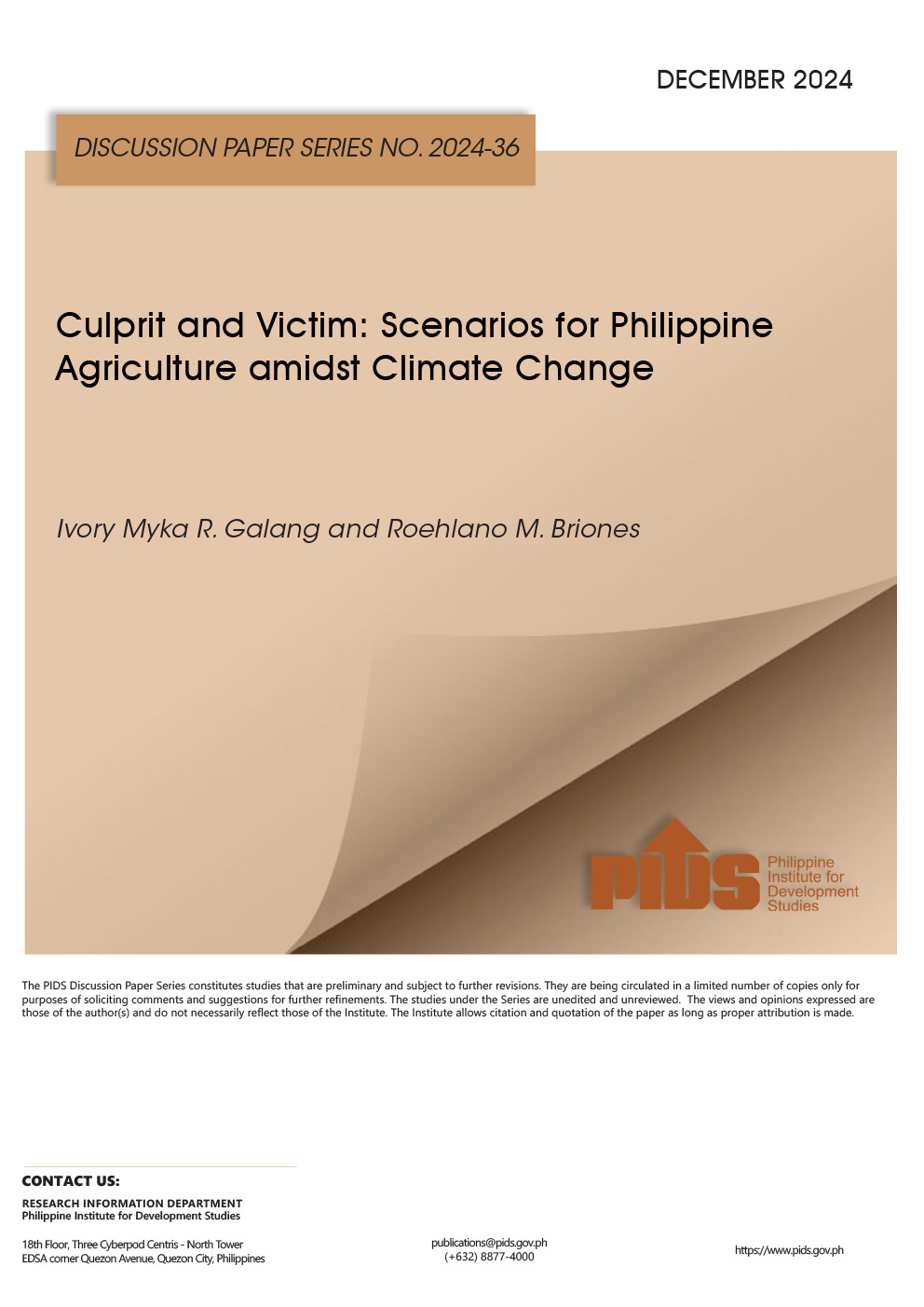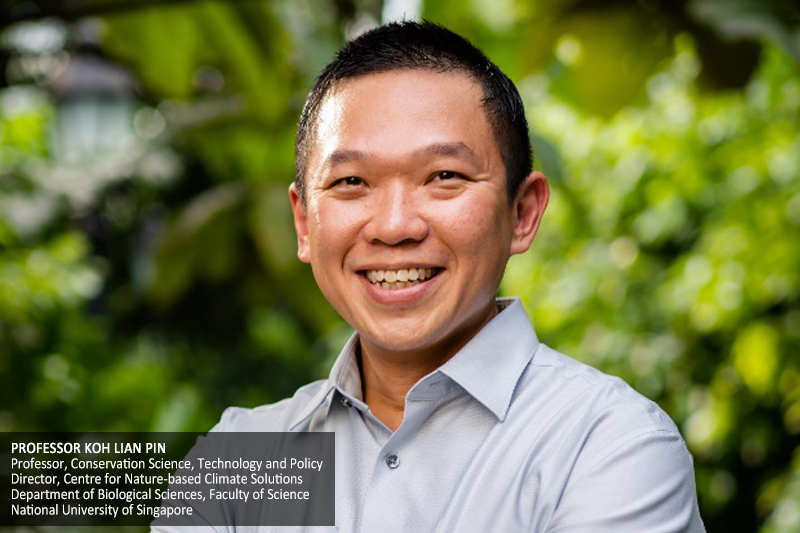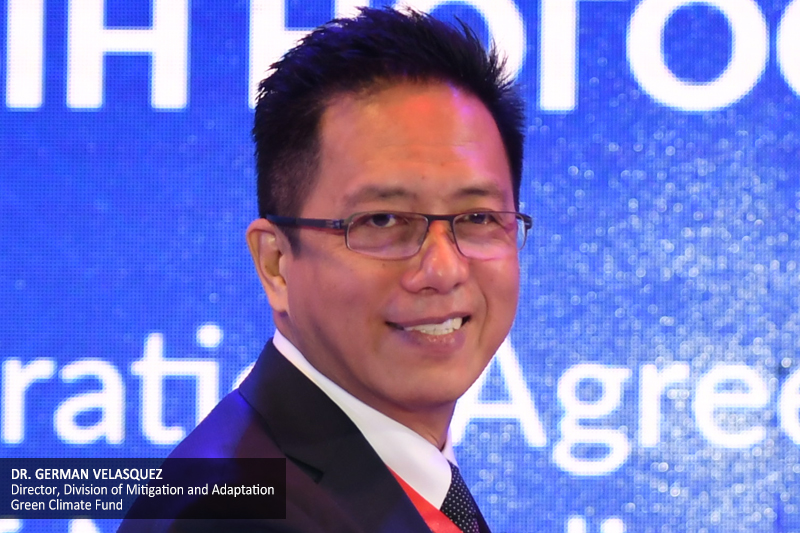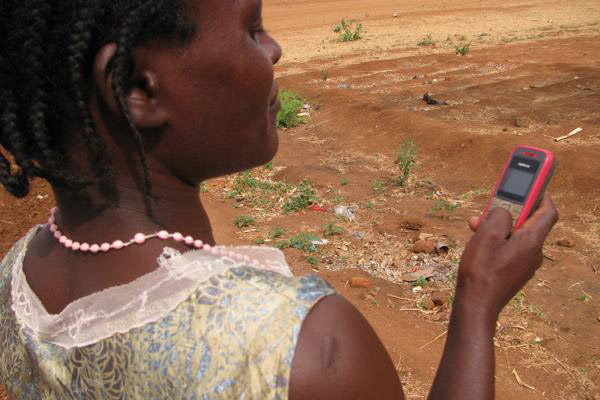
PIDS President Dr. Gilberto M. Llanto will be one of the speakers at a side event on innovations in using big data for humanitarian response during the September 2015 General Assembly in New York.
This high-level meeting, which will be held on September 28 in the margins of the 70th session of the United Nations (UN) General Assembly, is being co-hosted by the Kingdom of the Netherlands, the Republic of the Philippines, and the UN Secretary-General’s Global Pulse Initiative. It will be at the ministerial level, and include senior executives from private sector, UN agencies, academia, and civil society.
The discussion will cover two dimensions. First, there will be an overview of the opportunities presented by real-time digital data (such as information derived from social media, mobile phone, and other digital transactions) for the humanitarian sector. Second, a discussion will follow on the need for new partnership models for sustainable access to big data, and new policies for the responsible use of big data that can foster humanitarian innovation. The outcomes of the meeting will serve as input to the World Humanitarian Summit in May 2016.
With the explosion of information and communication technologies, particularly mobile phone-based services, real-time digital data is being generated in ever-increasing volumes every time a phone call is made, money is transferred, or a credit card or GPS device is used. This has resulted in a continuous production of large amounts of digital data, also referred to as “big data”, which can provide valuable insights into what people think, say and do in real-time. Due to this digital revolution, disaster-affected communities are generating big data—before, during, and after the onset of an emergency—and the humanitarian community has become increasingly interested in the integration of real-time data analytics into field operations.
The world of big data offers a myriad of opportunities for humanitarian action, ranging from enhancing early warning systems to contributing to the process of conducting needs assessments. For example, dynamic real-time information can be leveraged to predict population movement patterns, derive trend information on spending patterns, monitor the spread of disease outbreak, or measure the effectiveness of quarantine. However, significant challenges related to privacy protection and sharing of data between the private and public sectors, together with limited institutional capacity, have hindered innovation.
[ Click here to read Dr. Llanto's remarks ]
This high-level meeting, which will be held on September 28 in the margins of the 70th session of the United Nations (UN) General Assembly, is being co-hosted by the Kingdom of the Netherlands, the Republic of the Philippines, and the UN Secretary-General’s Global Pulse Initiative. It will be at the ministerial level, and include senior executives from private sector, UN agencies, academia, and civil society.
The discussion will cover two dimensions. First, there will be an overview of the opportunities presented by real-time digital data (such as information derived from social media, mobile phone, and other digital transactions) for the humanitarian sector. Second, a discussion will follow on the need for new partnership models for sustainable access to big data, and new policies for the responsible use of big data that can foster humanitarian innovation. The outcomes of the meeting will serve as input to the World Humanitarian Summit in May 2016.
With the explosion of information and communication technologies, particularly mobile phone-based services, real-time digital data is being generated in ever-increasing volumes every time a phone call is made, money is transferred, or a credit card or GPS device is used. This has resulted in a continuous production of large amounts of digital data, also referred to as “big data”, which can provide valuable insights into what people think, say and do in real-time. Due to this digital revolution, disaster-affected communities are generating big data—before, during, and after the onset of an emergency—and the humanitarian community has become increasingly interested in the integration of real-time data analytics into field operations.
The world of big data offers a myriad of opportunities for humanitarian action, ranging from enhancing early warning systems to contributing to the process of conducting needs assessments. For example, dynamic real-time information can be leveraged to predict population movement patterns, derive trend information on spending patterns, monitor the spread of disease outbreak, or measure the effectiveness of quarantine. However, significant challenges related to privacy protection and sharing of data between the private and public sectors, together with limited institutional capacity, have hindered innovation.
[ Click here to read Dr. Llanto's remarks ]

